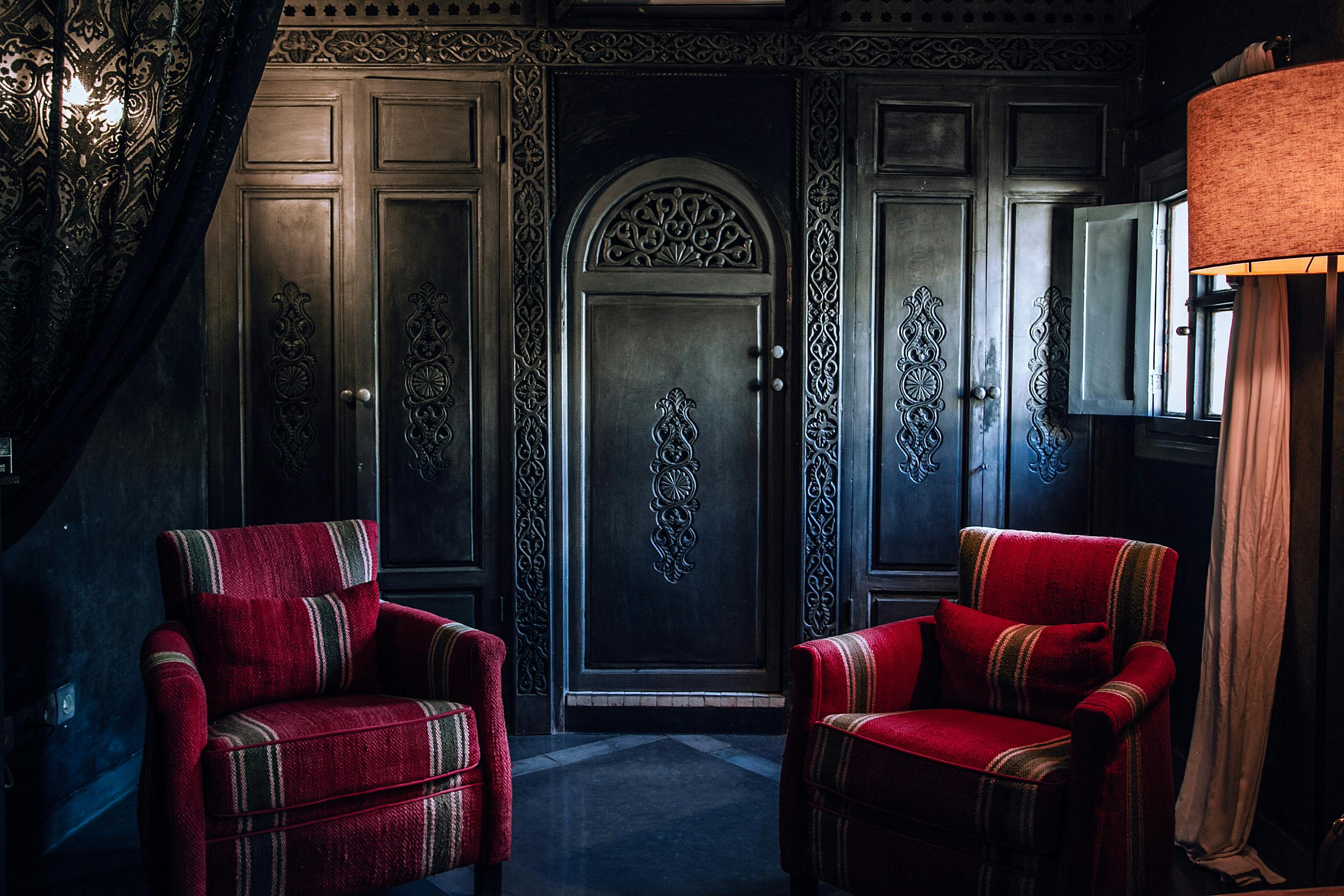Phase Change Materials – Eutectic Thermal Energy Storage Products
Thermal energy storage (TES) of ice has the advantage of universal availability, low cost, and the ability to transport it through other system components. However, a conventional ice TES system for air conditioning applications requires low temperature chillers and therefore standard water chillers must be replaced with low temperature glycol coolers which operate at a lower evaporative temperature and consume more energy.
If we can offer designers ice that freezes and melts at or below 0°C (32°F), these new products will open up new horizons for economical and environmentally friendly systems for changeover applications. process heating/cooling load both new and retrofit.
Phase Change Material (PCM) eutectic solutions are mixtures of two or more chemicals that, when mixed in a certain ratio, have a freezing/melting point below or above the freezing temperature of drinking water. 0 °C (32 °F) and offer an energy storage facility between -114°C (-173°F) and +164°C (327°F).
Eutectics are well known and, in fact, the first applications date back to the end of the 18th century; however, the separation and life expectancy of these mixtures were unpredictable and therefore their widespread use was limited.
The disadvantages of a conventional HVAC chiller and ice (water ice) storage system can be overcome by utilizing the latent heat capacity of various “eutectic” mixtures without the need for negative circulation temperatures.
Phase change material (PCM) thermal energy storage not only allows the designer to use existing chiller technology, but also allows charging by free cooling, i.e. without running the chillers.
Although the term “eutectic” is widely used to describe the materials we are interested in, a better description would be “phase change materials” (“PCM”). Unfortunately, very few of the documented PCM solutions are true eutectics and many must be modified to obtain a material suitable for long-term use.
PCMs can be broadly grouped into two categories; “Organic compounds” and “Salt-based products”. The fundamental requirement for a modified eutectic solution (MCP) can be classified into three categories, namely stable solution (no separation or degradation), minimal supercooling/heating, and finally near freezing and melting temperatures.
There are three fundamental additives commonly used to modify hydrated salt-based eutectic PCM solutions. These three components are firstly the nucleating agent which promotes crystal formation and therefore minimizes supercooling and secondly the additive is the antifreeze to achieve a lower phase change temperature and, secondly, the additive is the antifreeze to achieve a lower phase change temperature and, third, the gelling/thickening agent to overcome separation and degradation problems.
Once the above components have been carefully applied, a physically and thermodynamically satisfactory eutectic PCM solution can be produced and commercially available solutions offer a range of -114°C (-173°F) and +164° C (327°F).
However, most PCM solutions suitable for HVAC and refrigeration systems are corrosive to commonly used piping and line components and therefore proper encapsulation techniques must be applied to overcome this problem and , at the same time, provide the best thermal performance. Various encapsulation techniques have been developed, such as tubes, flat containers or alternatively ball concepts, whereby PCM solutions are encapsulated in a plastic and/or metal casing.
Heat transfer between the surrounding media, flowing around or into the unit, and the surrounding PCM solutions, takes place from the outside or inside or a combination of both surfaces of the encapsulated PCM unit. These techniques generally eliminate the risk of contamination and offer a new type of efficient, cost-effective, practical and flexible TES design.
The modern society’s reliance on refrigeration and air conditioning indicates that refrigeration and associated environmental problems will be with us for a considerable time and therefore one has to use existing and available alternative technologies with minimal energy usage. .
A positive temperature phase change eutectic material (PCM) thermal energy storage (TES) not only provides the end user with an environmentally friendly design, but the following additional benefits can also be realized:
o Reduced team size
o Capital cost savings
o Energy cost savings
o Environmentally friendly facility
o Improved system operation
o Flexibility for Future Capabilities
The temperature ranges offered by the proposed PCM solutions use conventional chilled water temperature ranges for the loading and unloading sides of the system. Therefore, they can be applied to any new or modified application with minimal technical and economic impacts.
In addition, the possibility of combinations of free cooling cycle, absorption chillers, cogeneration, solar, hot water, and heat recovery TES systems offers new horizons for designers to control the energy balance to match load and pressure. electricity demand/consumption of the system as a whole.
The task of designers is to explore all available technologies to achieve higher efficiency, regardless of the refrigerant used, and to apply, where and when possible, diversifying technologies to minimize the total CO2 emission related to energy use. A carefully balanced eutectic phase change material (PCM) thermal energy storage (TES) may be the answer for some cooling applications for an economical and environmentally friendly alternative.
